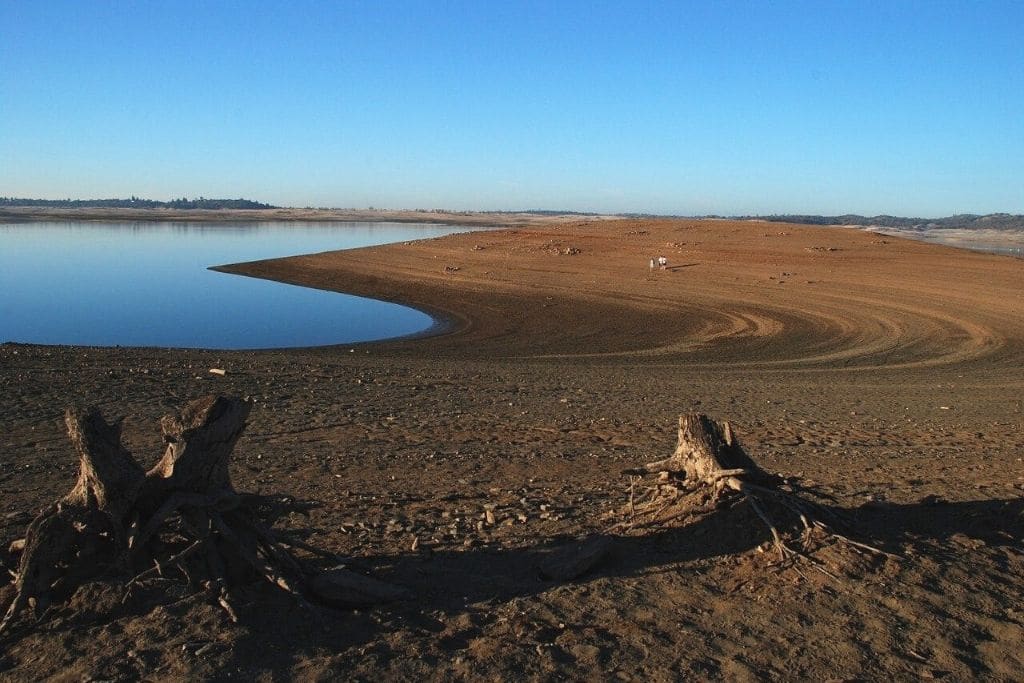A new study reveals that the ongoing US west megadrought is the driest 22-year period in knowable history, attributing its severity to climate change.
—
The severe drought plaguing the western regions of America in the past 20 years is the most extreme megadrought in 1,200 years, according to a new academic study.
New research published in the the journal Nature Climate Change found that the current megadrought the US west has been suffering from has surpassed the driest conditions dating back to the late 1500s, and that this current prolonged dry spell reflects how the “worst-case scenario already appears to be coming to pass”.
“Anyone who has been paying attention knows that the west has been dry for most of the last couple decades,” says Park Williams, a climate scientist at the University of California, Los Angeles and the study’s lead author. “We now know from these studies that is dry not only from the context of recent memory but in the context of the last millennium.”
Megadroughts are so-called for their prolonged periods of dryness spanning more than two decades. Throughout history, megadroughts have been known to occur as water availability ebbed and flowed naturally. But this current extreme scenario has been exacerbated by human-caused climate change.
“Without climate change, the past 22 years would have probably still been the driest period in 300 years,” said Williams. “But it wouldn’t be holding a candle to the megadroughts of the 1500s, 1200s or 1100s.”
You might also like: US Drought: What are the Causes, Effects and Solutions
The study analysed an area stretching from southern Montana to northern Mexico between the Pacific Ocean and the Rocky Mountains. What researchers found was that temperatures in the region rose by 0.91 degrees Celsius above average levels from 1950 to 1999. Combined with increased evaporation, they have caused soil moisture deficits to double between 2000 and 2021 compared to 1900s levels. Global warming accounted for a 42% increase in that severity, the study adds.
Extreme heat wave events and low rainfall between the summer of 2020 and 2021 led to more than 94% of the western regions of the US living in drought conditions last September, with six states reaching up to 100% drought conditions. The same period saw both Lake Mead and Lake Powell – the largest reservoirs in North America – reach record-low levels. The drought in California has also fuelled its wildfire season, which is worsening year on year, as well as creating water shortages.
Experts and scientists are urging leaders and policymakers not only to tackle climate change, but to address ways to be more climate resilient as these worrying drought conditions will very likely to get worse. California has already experienced one of the driest January on record while recent heat waves have broken records across the state, exacerbating threats of water scarcity.
“We are watching our bank account of water decline,” Williams says, “and we know that eventually we need to slow our expenditures before the account runs out”.
Featured image by: Pixabay


















